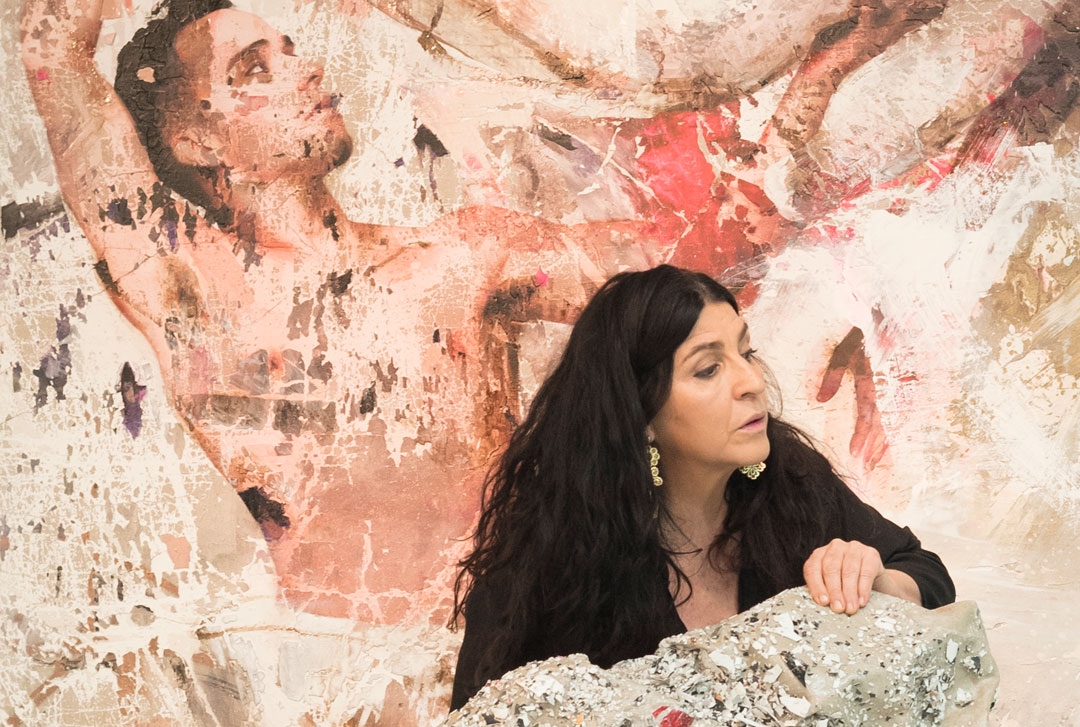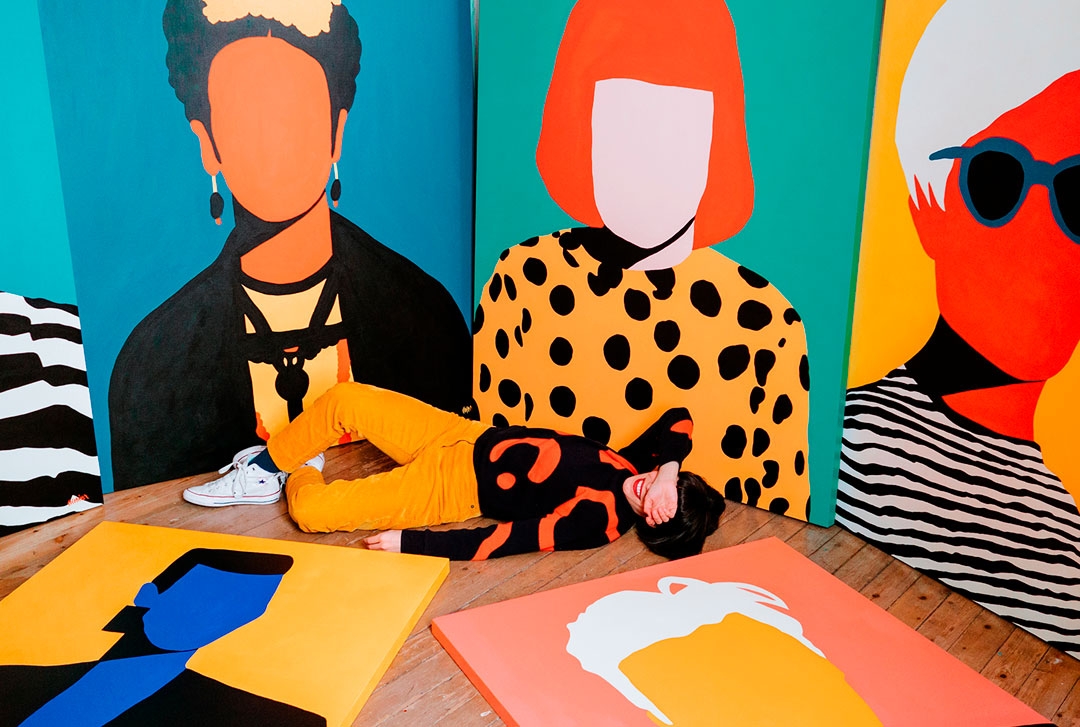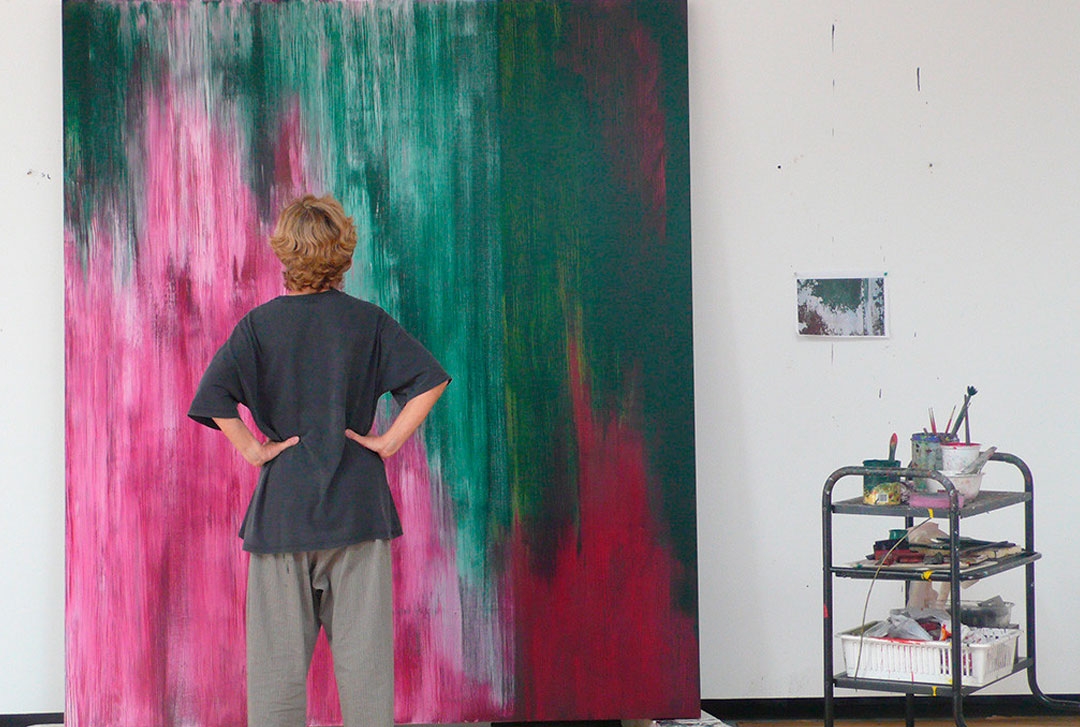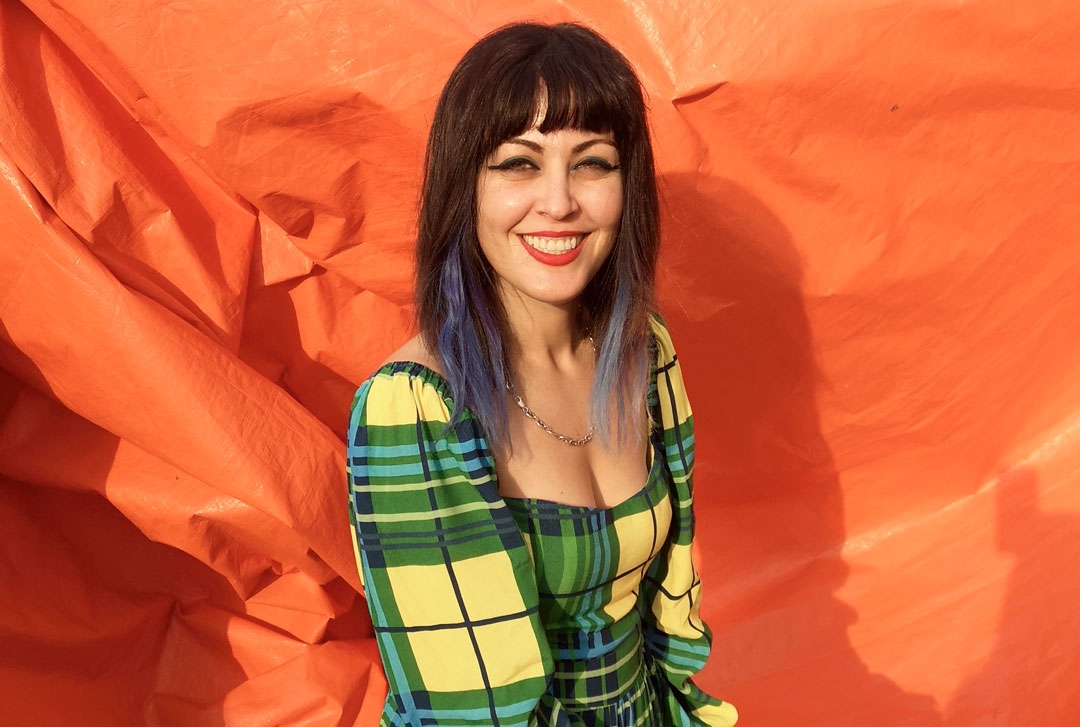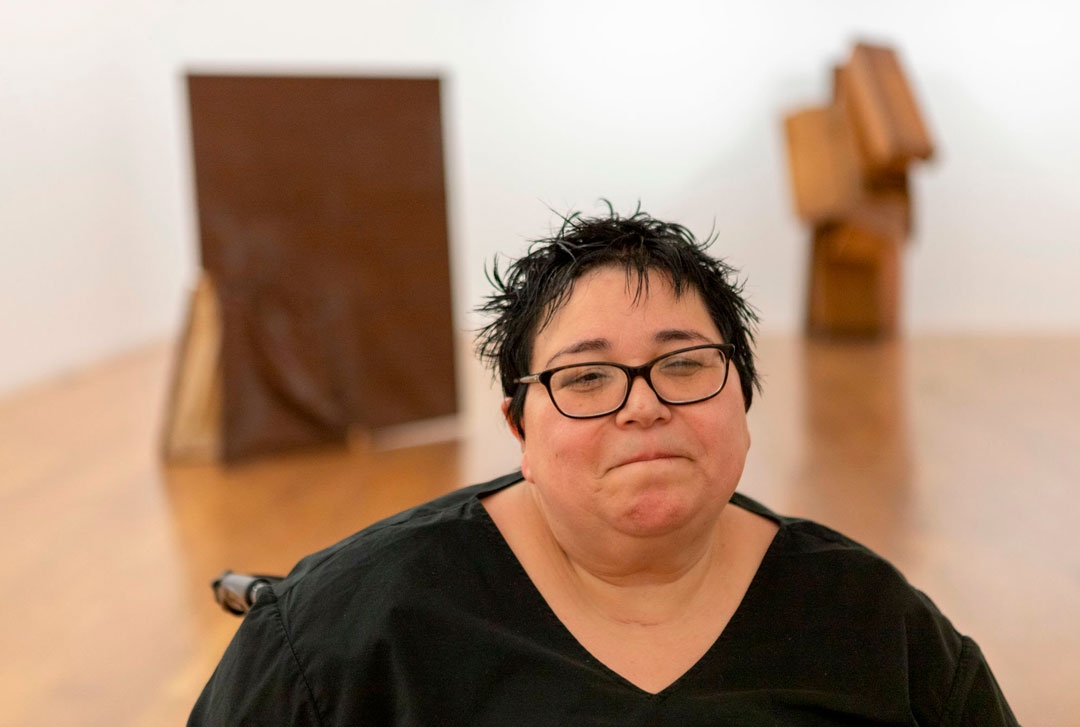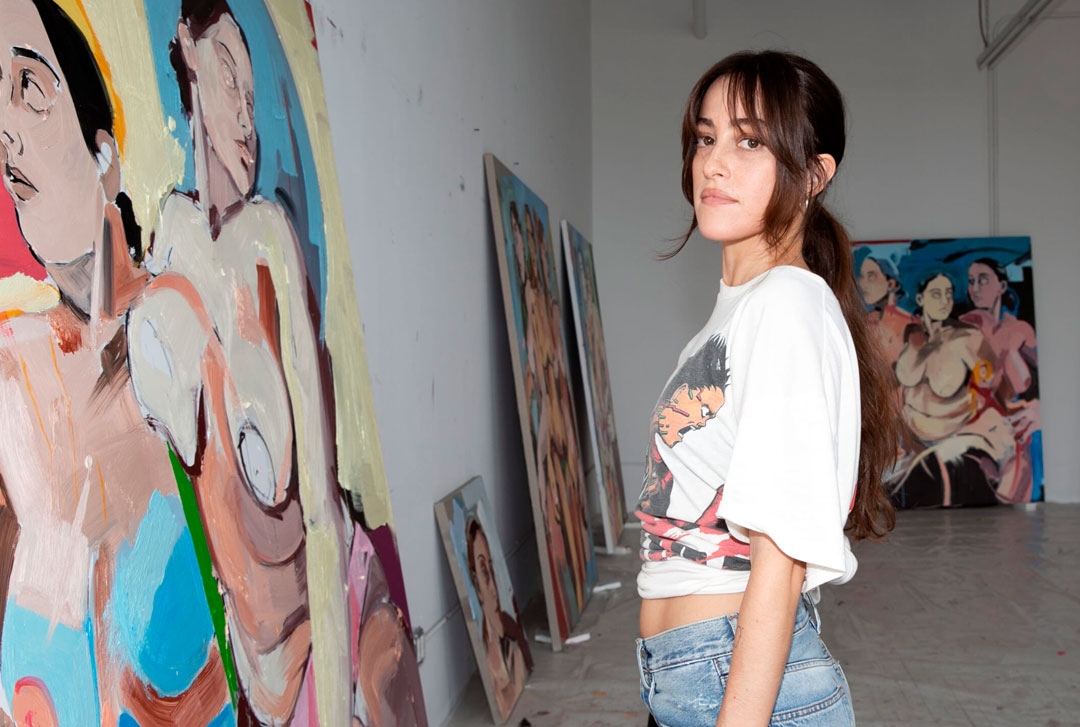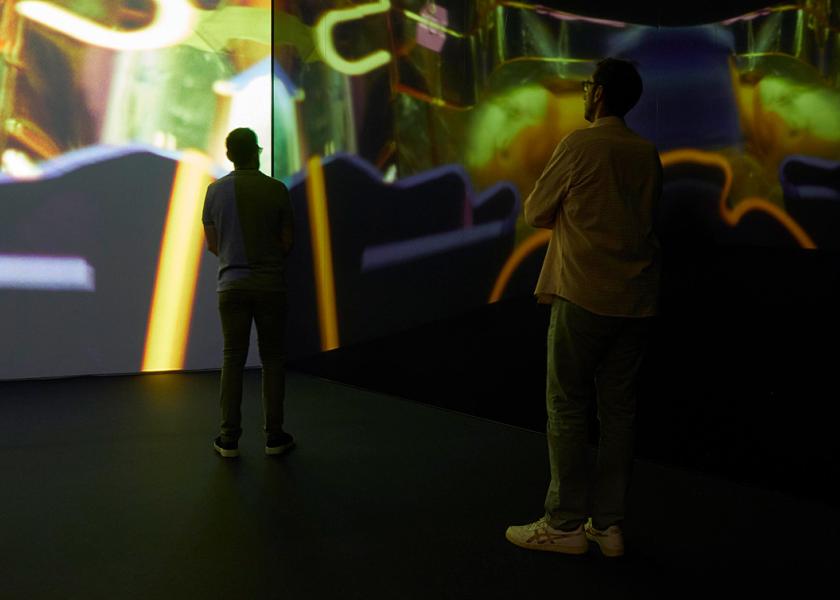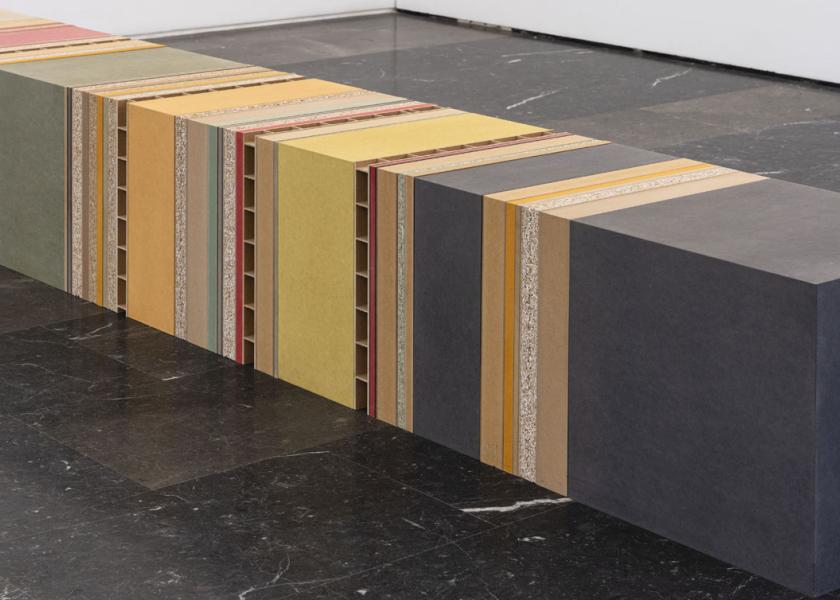Famous Spanish female painters
Master craftswomen
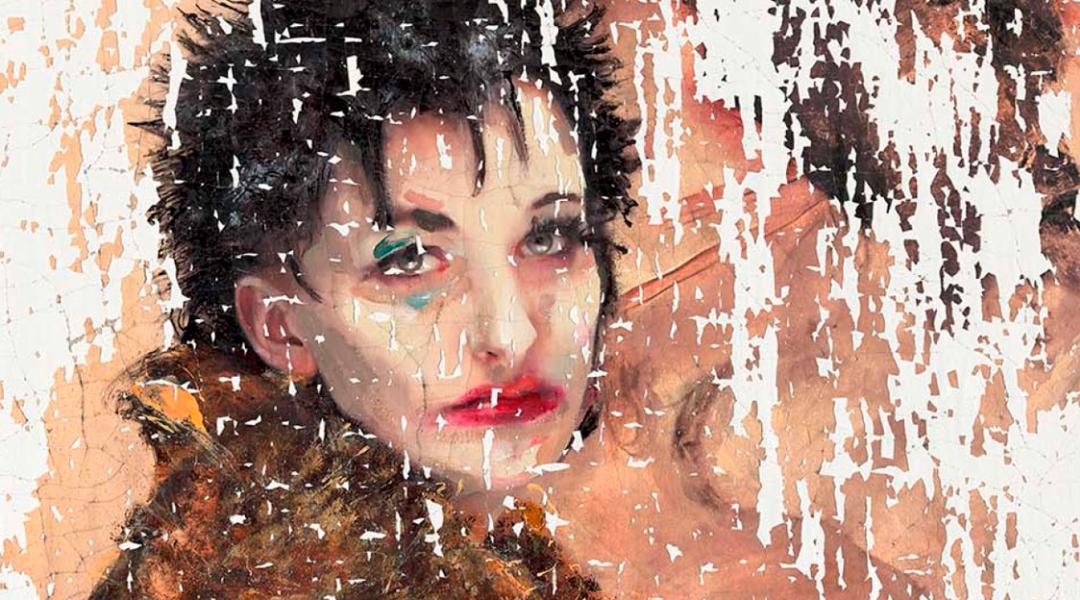
If we asked people on the street to name great Spanish painters, most answers would feature men. Despite the recognition they enjoy today, names like María Blanchard, Maruja Mallo or Remedios Varo were overshadowed because of the mindset of that era. But times are changing... At the next edition of ARCOmadrid, they will be the stars. Who should we be on the lookout for?
In 2024, 43% of all the artists at ARCOmadrid (6th-10th of March) will be women. This piece of information, revealed by the director of the fair Maribel López in a statement given to Agencia EFE, is the result of the increased involvement of women in contemporary art. As it happens, in 2018 this number was only around 19%. “At faculties of art, the number of women is greater than that of men, so we can aspire to that parity; we should even end up surpassing that figure,” she celebrates. ARCOmadrid’s latest edition welcomed more than 95,000 visitors; this exposure is essential for most artists. A springboard many of their predecessors would have appreciated; women like María Luisa de la Riva, Maruja Mallo, María Blanchard, Laura Albéniz, Lluïsa Vidal, Remedios Varo, María Luisa Puiggener or Pilar Montaner, among others. Returning to the present: which artists, from rising stars to enshrined talents, leave their mark on the present painting landscape in Spain?
Ana Barriga
From Cuartillos, a district of around one thousand residents located 11 km from the centre of Jerez de la Frontera (Cádiz), to the world. This has been Ana Barriga’s journey, whose works receive praise from around the world today: Mexico, United Kingdom, United States, South Korea, United Arab Emirates, etc. Regarding her style, we have to mention her use of colour and decision to experiment, but also something more playful —and typical from Cádiz—: her sense of humour. Because her paintings are full of humour and irony as a way to face reality. Her art is free, fresh and without prejudices, and leaves no one unmoved.
Soledad Sevilla
During the 1970s, when pop art was big around the world, Soledad Sevilla decided to distance herself from this and walk the path of geometric abstraction, specifically the one opened up by op art artists, like François Morellet or Victor Vasarely, whom she admired from the beginning of her journey. She took the leap from large-format paintings to installations, getting closer to architecture and sculpture. In 2020, she received the Velázquez Award for Plastic Arts, a recognition that tops off a career which, as she herself has admitted on occasion, has been slightly more difficult due to being a woman. At the end of 2024, the Museo Reina Sofía will host a retrospective exhibition in her honour.
Coco Dávez
At this stage in the game, who doesn’t know the faceless paintings —with the iconic exception of Freddy Mercury’s moustache, Andy Warhol’s glasses, or David Bowie's make-up— by Coco Dávez? Her collaboration with brands like Chanel, Kenzo or Prada has brought her work to the masses. Colour is another main character in the multidisciplinary universe of this artist from Madrid. Valeria Palmeiro (that’s her real name) has become one of the rising stars of contemporary Spanish art by combining strokes from pop art and new illustrated realism. In 2019, the international Forbes magazine included her in their Under 30 list as one of the most influential artists under 30 in the world.
Lita Cabellut
Born in the region of Los Monegros (Huesca) and raised in Barcelona, she has lived in the Hague (the Netherlands) since the age of 19. From there, Lita Cabellut has made a name for herself in the world of art, to the point of being one of the most internationally-renowned living Spanish female artists. Her art, a cascading force that captures the world’s chiaroscuros through a gaze full of lyricism —society’s outcasts feature in many of her works— doesn’t confine itself to canvas, but rather transcends it: sculpture, photography, video... She has been compared to masters like Francis Bacon or Jackson Pollock. No small feat!
Cristina BanBan
Women, no matter their age, physical appearance, or origin, inspires Cristina BanBan’s art. After graduating from Fine Arts in Barcelona, this painter gathered her belongings and left Spain in search of opportunities. And she definitely found them. In London, where she came into port, the prestigious Skarstedt gallery took notice of her works and, since then, they are in great demand at auction houses. After settling down in New York years ago, she’s represented by Perrotin gallery and her works are sold across all five continents, sparking particular interest in Asia. She’s also made it at home, as her success at ARCOmadrid in 2023 confirms.
Ángela de la Cruz
In 2017, Ángela de la Cruz received the National Plastic Arts Award for, in the jury’s words, “the intensity of her work, which explores the complex relationship between the illusionist space of painting and the physical presence of sculpture.” Even though she studied Philosophy, at the end of the 1980s she moved to London to study at the Chelsea College of Art. Since then, she has exhibited at museums and galleries around the world and was nominated to the Turner Prize in 2010. Ironic and visceral, her works feature obvious vandalism. As she herself admits, “when I cut the canvas, I let go of the grandeur of painting.”
Cristina Gamón, Laura Cano, Inmaculada Salinas, Vicky Uslé, Julia Huete, Irene Grau, Chechu Álava, Marta de la Fuente, Nuria Mora, Okokume, Rocío Montoya, Alejandra Remón, Aythamy Armas, Andrea Torres, Lidia Masllorens, Rebeca Plana, Elena Alonso, Ana de Alvear, Irene Cuadrado, Amaya Gurpide, Carla Cascales, Miriam Escofet, Mónica Subidé, Cinta Vidal, Elena Gual, Virginia Bersabé, Susana Ragel, Marga Dirube, Elvira Amor... The list goes on, which demonstrates the that female art in Spain is in good form.
